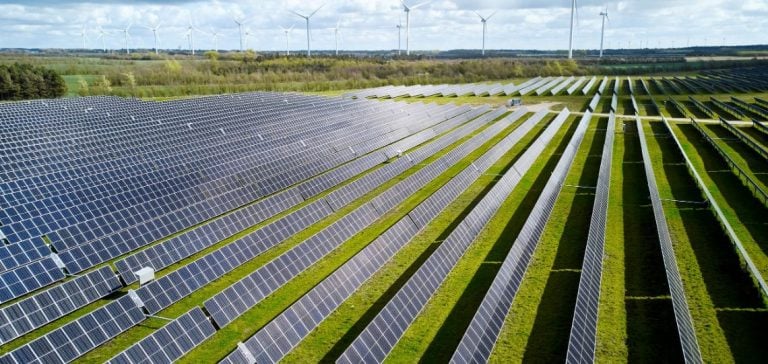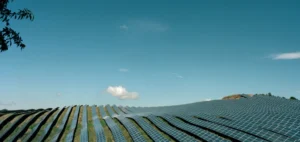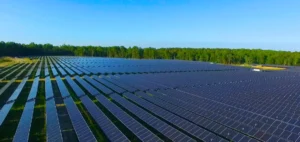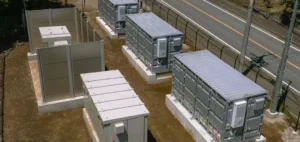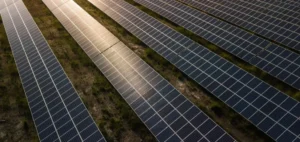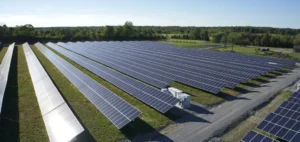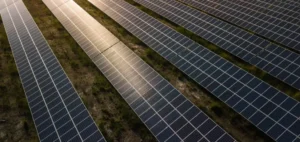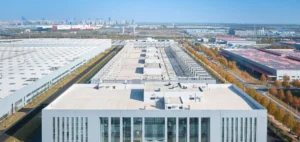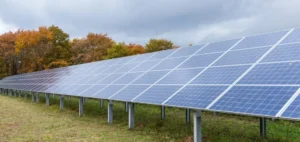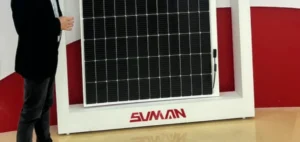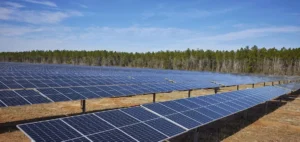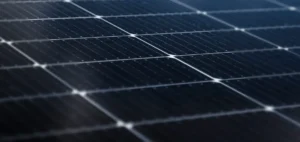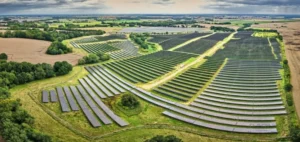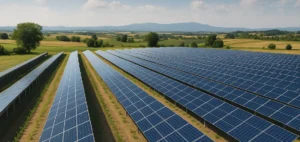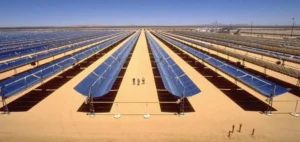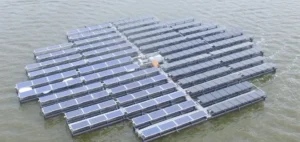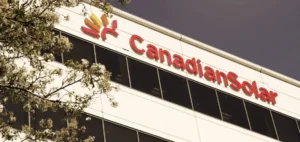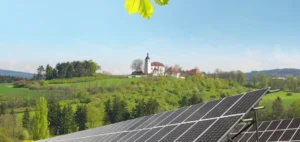Sumitomo Corporation Group, through Sumitomo Corporation of Americas (SCOA) and Perennial Power Holdings, Inc., announced the creation of a joint venture with CEP Solar, LLC. This initiative aims to develop renewable energy projects across the state of Virginia, with a total capacity exceeding 1.5 gigawatts (GW) of solar power and energy storage.
The collaboration between Perennial and CEP will enable the commercialization of a significant portfolio of solar and storage assets, with construction expected to commence in late 2025. This initiative aligns with the rapid growth of the renewable energy market in the United States, particularly in Virginia, which stands out as a key hub for IT infrastructure and data centers.
Context and Objectives of the Joint Venture
Virginia is at the forefront of energy transformation in the United States, particularly due to the Virginia Clean Economy Act of 2020 (VCEA). This legislation aims to convert the state’s electric grid to 100% clean energy by 2050, necessitating the large-scale deployment of renewable generation resources. Furthermore, Virginia hosts the largest data center market in the world, with up to 70% of the world’s internet traffic passing through these infrastructures every day. This increased demand for renewable energy is crucial to achieving carbon neutrality goals.
The joint venture will leverage CEP’s local development expertise and extensive network, complemented by the SC Group’s project financing capabilities. This synergy will enable the simultaneous development of multiple projects across Virginia, further enhancing SC Group’s ability to respond to the growing demand for renewable energy in the region.
Past Expansions and Future Strategies
Since its first investment in onshore wind energy in 2009, SC Group has established seven renewable energy businesses in the United States. Currently, through Perennial, the group manages five renewable energy projects, primarily in onshore wind, with a total generation capacity of approximately 640 MW and a net owned capacity of 313 MW. The goal is to expand this net capacity to 1 GW by 2030, thereby consolidating SC Group’s presence in the U.S. renewable energy market.
Statements from Executives
Tyson Utt, co-founder of CEP Solar, stated: “CEP’s goal is to enable Virginia’s successful transition to a clean economy by developing the highest quality solar and storage projects through long-lasting relationships.” He added that this partnership with Perennial aligns with CEP’s core values and will accelerate its ability to deliver a scale-diversified portfolio, consisting of both solar and battery storage projects, providing long-term economic and environmental benefits for our partnering communities, landowners, and customers across the Commonwealth.
Takuya Yoshizawa, president of Perennial Power Holdings, emphasized: “Our partnership with CEP provides Perennial with greater geographic diversity and exposure to highly attractive end markets, while further accelerating our efforts to expand renewable footprints in the United States.” He expressed excitement about the new capabilities and market expertise the team brings to the platform.
Commitment to Carbon Neutrality
Sumitomo Corporation is committed to achieving carbon neutrality in its business activities by 2050. To this end, the company is developing businesses aimed at establishing a sustainable energy cycle by promoting fuel conversion, expanding renewable energy supply, and advancing CO2 capture, storage, and utilization. In the renewable energy sector, Sumitomo Corporation aims to supply more than 5 GW of clean energy by 2030.
This strategic partnership with CEP Solar represents a significant step in Sumitomo’s overall strategy to strengthen its renewable energy portfolio and support energy transition initiatives in Virginia and beyond.


